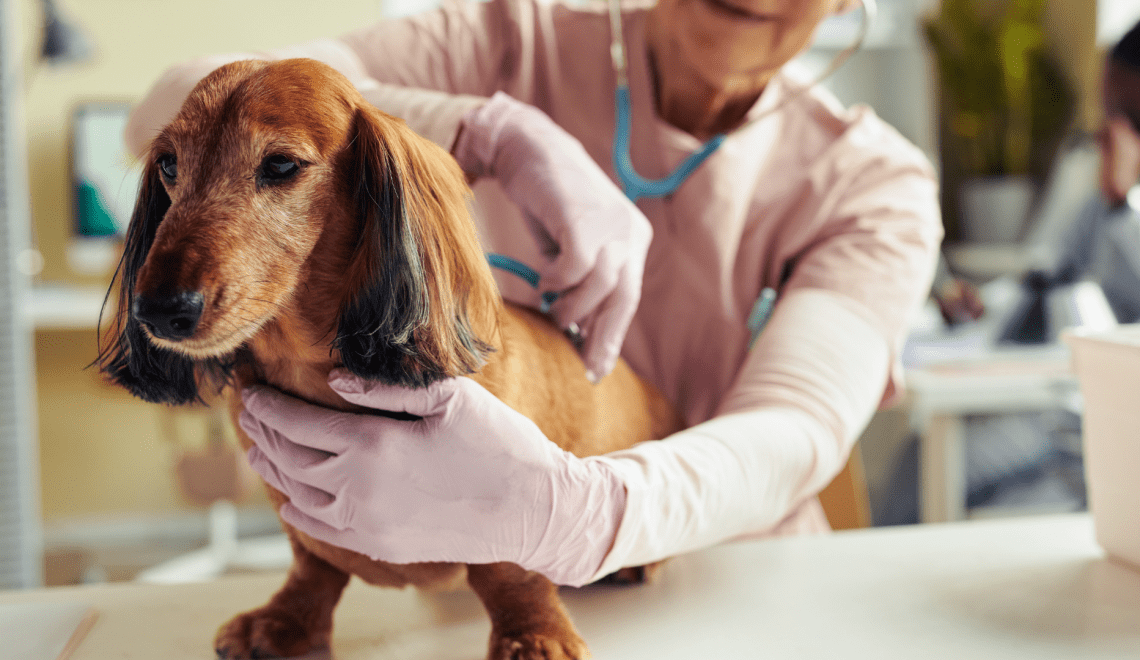
Amidst the COVID-19 pandemic, numerous households throughout Australia embraced the addition of new four-legged family members. According to estimates from the RSPCA, nearly half of all households in the country now include a canine companion.
As many of us find ourselves navigating the transition back to pre-pandemic routines, it’s crucial to address the challenges that may arise, such as the growing issue of separation anxiety in dogs. In this blog post, we’ll delve into what separation anxiety is, why it’s on the rise, and practical strategies to help your canine companion thrive in the new normal.
What is separation anxiety?
Separation anxiety in dogs is a behavioral condition that manifests when a dog becomes overly distressed or anxious when separated from their owner. This emotional turmoil can result in destructive behaviors, excessive barking, and even house soiling as the dog attempts to cope with the stress of being alone.
The increasing prevalence of separation anxiety in dogs can be attributed to several factors, notably the increase in time spent at home during the COVID-19 pandemic. Dogs accustomed to constant human presence may find it challenging to adapt when their owners return to traditional work environments.
Five things you can do about separation anxiety
- Create a safe space. Designate a specific area in your home as a safe and comfortable space for your dog. Use items like blankets, toys, and your dog’s bed to make this space inviting.
- Establish a routine. Like with children, dogs thrive on routines, and having a consistent daily schedule can reduce anxiety. Establish set times for feeding, walks, play, and alone time. Predictability helps dogs feel more secure and less stressed about separations.
- Desensitisation. Practice leaving your home for short intervals, gradually increasing the duration over time. This technique helps your dog understand that departures are temporary and that you will return. Reward your dog for calm behavior during these practice sessions.
- Provide supplementary stimulation. Engaging toys & treat-dispensing puzzles can help distract and entertain them during your absence. Leaving on soft background noise, such as calming music or a TV set to a soothing channel, can help mask outside sounds and create a more comforting environment for your dog.
- Personalised dog walking services. Professional dog walkers provide regular exercise, mental stimulation, and companionship for your furry friend when you’re away. This not only helps to expend excess energy but also eases the emotional strain of being alone.
Matilde is a CERT IV qualified professional pet care provider at Urban Herd, a local business which provides personalized dog walking services in the Eastern Suburbs. She says:
“It’s important to recognize the unique challenges faced by dogs in the post-pandemic era, and our commitment is to provide not just a walk but a holistic experience that contributes to their overall well-being.
At Urban Herd, we’ve witnessed the positive impact of regular walks on dogs struggling with separation anxiety. Our personalised dog walking services not only provide physical activity but also offer a social outlet, reducing feelings of isolation. It’s heartwarming to see the transformation in these dogs as they become more confident and content.”
Conclusion
Understanding and addressing separation anxiety in dogs requires a combination of patience, training, and supportive services. With careful planning, incorporating desensitisation techniques & getting the right professional support, you can help your furry friend feel more secure and content when left alone. Remember, a happy and well-adjusted dog leads to a happier and healthier life for both pet and owner alike.
To enquire about personalised dog walking services from Urban Herd, call 0497 063 530 or email info@urbanherd.com.au and schedule your free meet & greet.











